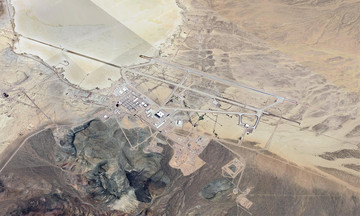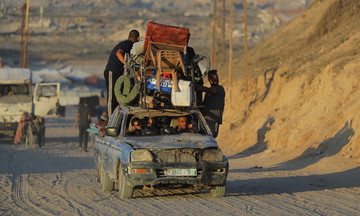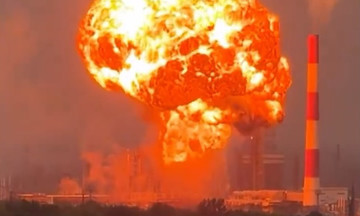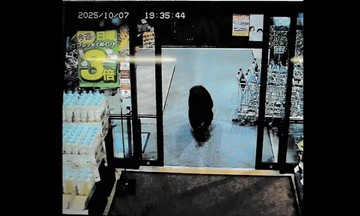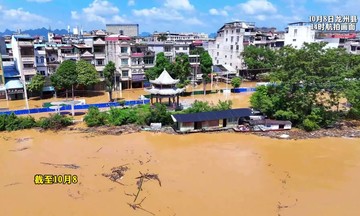Two years ago, classrooms in Gaza City, the largest city in the Gaza Strip, buzzed with students, and markets bustled with activity. Seaside cafes offered respite from daily stresses, and residents could grab a matcha latte on their way to yoga or relax in parks. Despite the heavy presence of Hamas patrols and an unemployment rate exceeding 50%, life persisted. International aid, particularly from regional countries and the United Nations, helped sustain daily life.
Gaza City boasts a rich history, inhabited for millennia and witnessing numerous occupations by ancient civilizations. Hundreds of relics stand as testaments to this past.
This historical significance led Hamas to establish its headquarters in the city after seizing control of the Gaza Strip in 2007. However, everything changed after Hamas's attack on Israel nearly two years ago, which triggered a devastating Israeli counteroffensive.
Now, the once-thriving cultural and financial hub lies in ruins due to the ongoing conflict between Israel and Hamas. Normal life for residents of this Mediterranean coastal strip has crumbled.
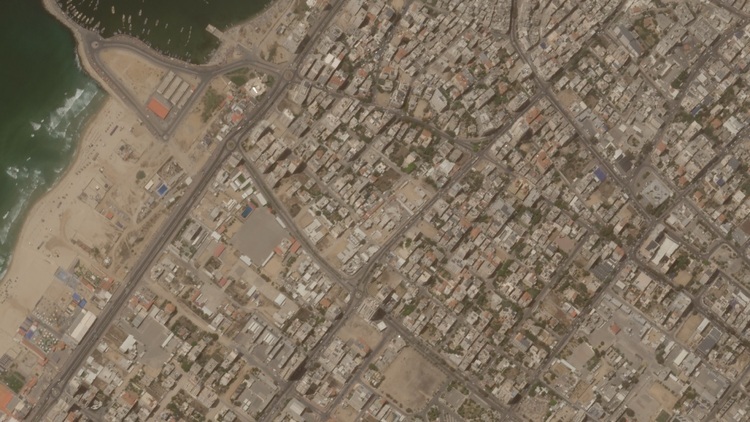 |
Satellite imagery reveals the extent of the destruction in Gaza City after nearly two years of conflict. Photo: Planet Labs
Hundreds of thousands of people shelter in the city's damaged buildings, facing an uncertain future. Their immediate concerns revolve around the arrival of the next food delivery or access to running water for basic hygiene.
Tens of thousands of Israeli airstrikes have reduced high-rise buildings to rubble. Garbage and sewage overflow in the streets. Smoke from burning plastic and wood fills the air, punctuated by the constant whir of drones and the boom of explosions.
Electricity from street generators is a luxury for the few who can afford it, while food markets charge exorbitant prices due to scarcity. Hospitals and pharmacies are no longer functional. Basic hygiene products are scarce. Lice infestations, vitamin deficiencies, and food shortages weaken the population, making them vulnerable to disease.
As night falls, armed thugs roam the streets. Cash enters Gaza through an informal banking system, but withdrawals come with a 50% commission fee to individuals or groups controlling the money supply.
Majdi Abu Hamdi, a 40-year-old father of four, says the dust and smoke from explosions cause respiratory problems. "A 30-year-old can look 70 after these years of conflict. Hunger and unsanitary food weaken them. We only use the toilet every three days due to lack of food and high prices," Hamdi said.
Even stray dogs have changed their behavior, he notes. "At night, we hear dogs howling. They have become wilder from feeding on so many corpses. Their barking has become more ferocious," he said, adding that they might attack people or animals.
Hamas police are absent from Gaza City's streets. Their political offices, administrative buildings, and police stations have been destroyed by Israel.
"They don't have a specific gathering place; instead, they have special ways to communicate and organize. We don't know how they do it," said Abu Mohamed, a Gaza City resident, referring to Hamas.
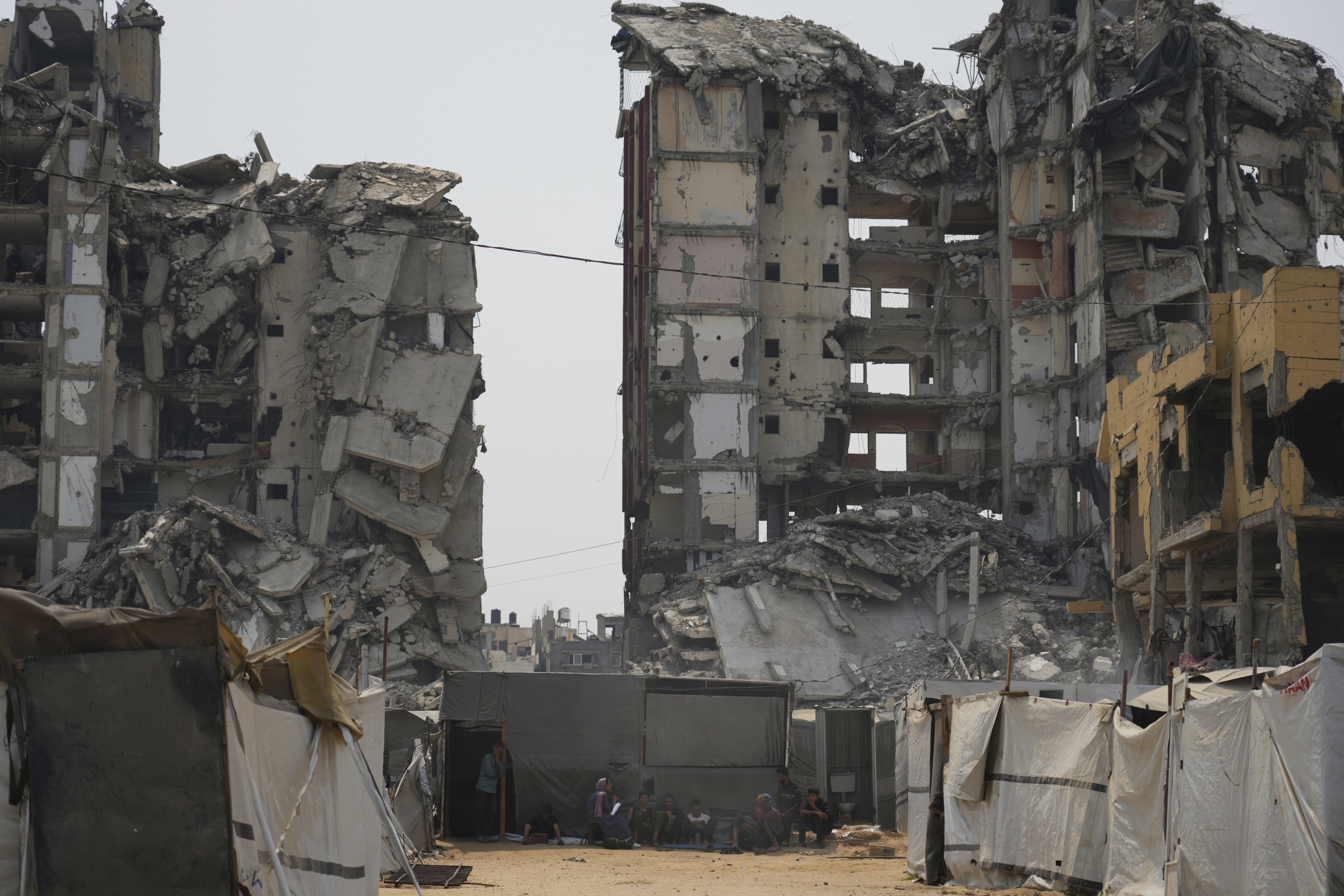 |
Makeshift shelters stand beside ruined buildings in Gaza City on 12/8. Photo: AP
When Hamas reached a ceasefire and hostage release agreement with Israel last January, armed Hamas members appeared in a Gaza City square. This served as a reminder of Hamas's continued existence, despite Israeli claims of having dismantled the group.
In subsequent weeks, Hamas held events demonstrating its strength, angering Israel to the point of considering withdrawing from the agreement.
A recent viral video showed masked and armed men chanting support for the Al Qassam Brigades, Hamas's armed wing. Released in August, the video depicts them burning cars and threatening "thieves" of aid.
Calling themselves Al Rade'a (The Deterrent), the group claims to be established by Hamas's security apparatus to stop "monopoly businessmen" and gangs allegedly collaborating with Israel in Gaza. Al Rade'a has claimed responsibility for executing alleged collaborators, including six in Khan Younis.
Observers say it's nearly impossible to determine the number of Hamas fighters remaining in Gaza City.
Occupying Gaza City, which Israeli Prime Minister Benjamin Netanyahu declared a Hamas stronghold, would require Israel to mobilize around 60,000 reserve soldiers and extend the service of over 20,000 others.
An Israeli source this week indicated the military would give Palestinians two months to evacuate the city before launching the offensive. An unnamed Israeli military official acknowledged the challenges the Israel Defense Forces (IDF) faced in penetrating the area during the nearly two years of conflict.
"They know we are coming and have prepared for it," the official said, referring to Hamas.
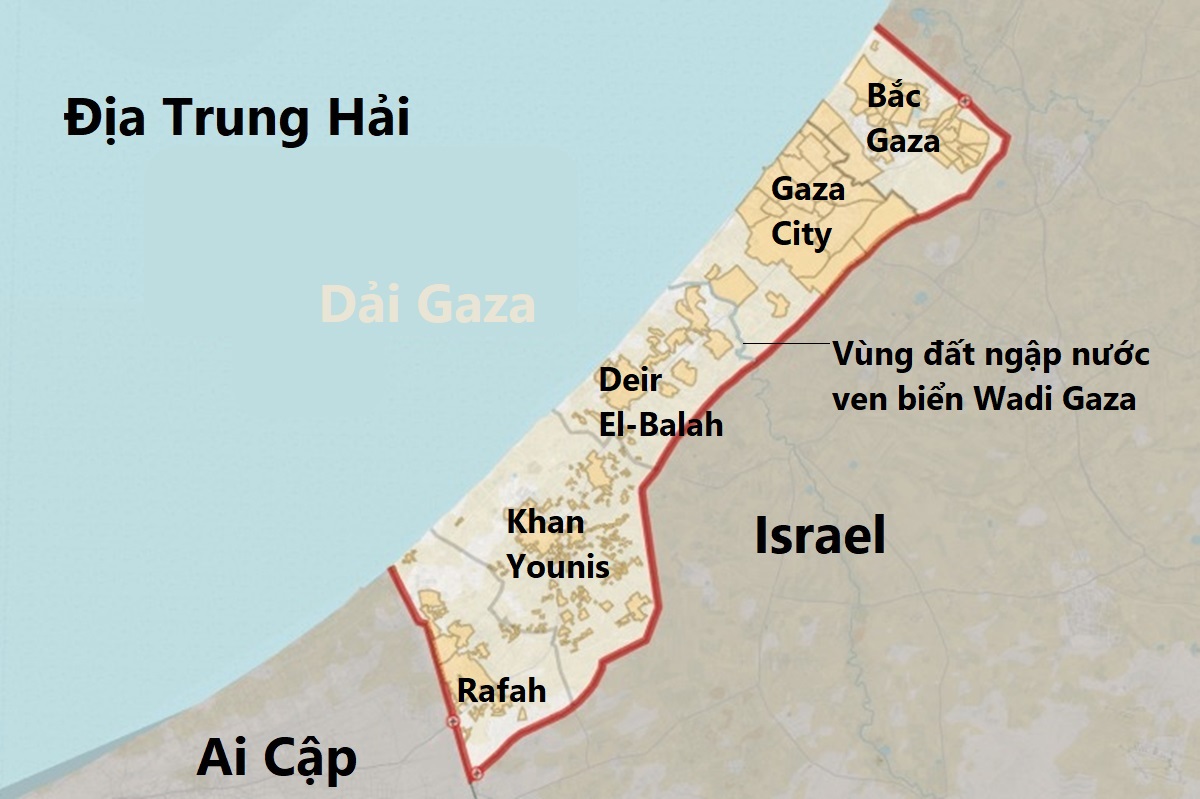 |
Location of Gaza City in the northern Gaza Strip. Graphic: Al Jazeera
Hamas's tunnel system is far more complex than the IDF anticipated, comprising strategic command centers, branches, and smaller tactical tunnels for rapid movement and surprise attacks.
After evacuating over one million civilians from Gaza City, the IDF is expected to target locations within the urban area, including sites previously spared due to high population density.
Israel's operation faces not only resistance from Hamas but also opposition from international countries and aid organizations concerned about potential civilian casualties.
"It would probably take the Israeli army several months to go building by building and hit all the tunnels. Is it doable? Yes. But is it hard and resource-intensive in terms of evacuating and holding the territory? Yes," said Alex Plitsas, a military expert and senior fellow at the Atlantic Council.
Thuy Lam (CNN, AFP, Reuters)





